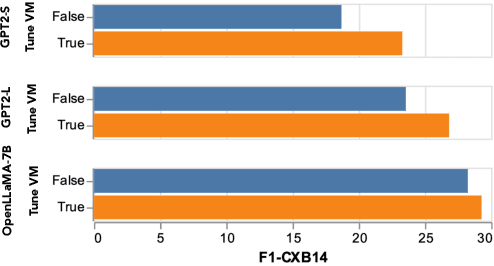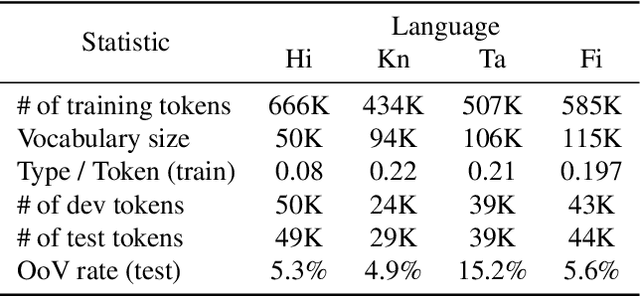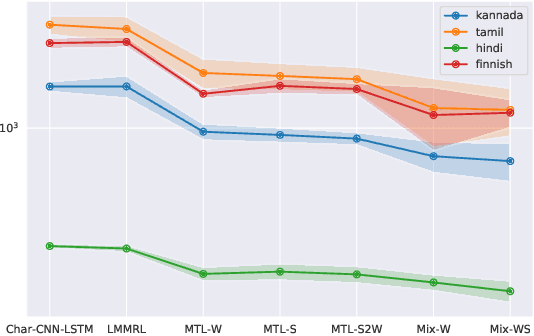Yash Shah
Effectively Fine-tune to Improve Large Multimodal Models for Radiology Report Generation
Dec 03, 2023



Abstract:Writing radiology reports from medical images requires a high level of domain expertise. It is time-consuming even for trained radiologists and can be error-prone for inexperienced radiologists. It would be appealing to automate this task by leveraging generative AI, which has shown drastic progress in vision and language understanding. In particular, Large Language Models (LLM) have demonstrated impressive capabilities recently and continued to set new state-of-the-art performance on almost all natural language tasks. While many have proposed architectures to combine vision models with LLMs for multimodal tasks, few have explored practical fine-tuning strategies. In this work, we proposed a simple yet effective two-stage fine-tuning protocol to align visual features to LLM's text embedding space as soft visual prompts. Our framework with OpenLLaMA-7B achieved state-of-the-art level performance without domain-specific pretraining. Moreover, we provide detailed analyses of soft visual prompts and attention mechanisms, shedding light on future research directions.
App for Resume-Based Job Matching with Speech Interviews and Grammar Analysis: A Review
Nov 20, 2023Abstract:Through the advancement in natural language processing (NLP), specifically in speech recognition, fully automated complex systems functioning on voice input have started proliferating in areas such as home automation. These systems have been termed Automatic Speech Recognition Systems (ASR). In this review paper, we explore the feasibility of an end-to-end system providing speech and text based natural language processing for job interview preparation as well as recommendation of relevant job postings. We also explore existing recommender-based systems and note their limitations. This literature review would help us identify the approaches and limitations of the various similar use-cases of NLP technology for our upcoming project.
Real-time Recognition of Yoga Poses using computer Vision for Smart Health Care
Jan 19, 2022Abstract:Nowadays, yoga has become a part of life for many people. Exercises and sports technological assistance is implemented in yoga pose identification. In this work, a self-assistance based yoga posture identification technique is developed, which helps users to perform Yoga with the correction feature in Real-time. The work also presents Yoga-hand mudra (hand gestures) identification. The YOGI dataset has been developed which include 10 Yoga postures with around 400-900 images of each pose and also contain 5 mudras for identification of mudras postures. It contains around 500 images of each mudra. The feature has been extracted by making a skeleton on the body for yoga poses and hand for mudra poses. Two different algorithms have been used for creating a skeleton one for yoga poses and the second for hand mudras. Angles of the joints have been extracted as a features for different machine learning and deep learning models. among all the models XGBoost with RandomSearch CV is most accurate and gives 99.2\% accuracy. The complete design framework is described in the present paper.
Stem-driven Language Models for Morphologically Rich Languages
Oct 25, 2019



Abstract:Neural language models (LMs) have shown to benefit significantly from enhancing word vectors with subword-level information, especially for morphologically rich languages. This has been mainly tackled by providing subword-level information as an input; using subword units in the output layer has been far less explored. In this work, we propose LMs that are cognizant of the underlying stems in each word. We derive stems for words using a simple unsupervised technique for stem identification. We experiment with different architectures involving multi-task learning and mixture models over words and stems. We focus on four morphologically complex languages -- Hindi, Tamil, Kannada and Finnish -- and observe significant perplexity gains with using our stem-driven LMs when compared with other competitive baseline models.
 Add to Chrome
Add to Chrome Add to Firefox
Add to Firefox Add to Edge
Add to Edge